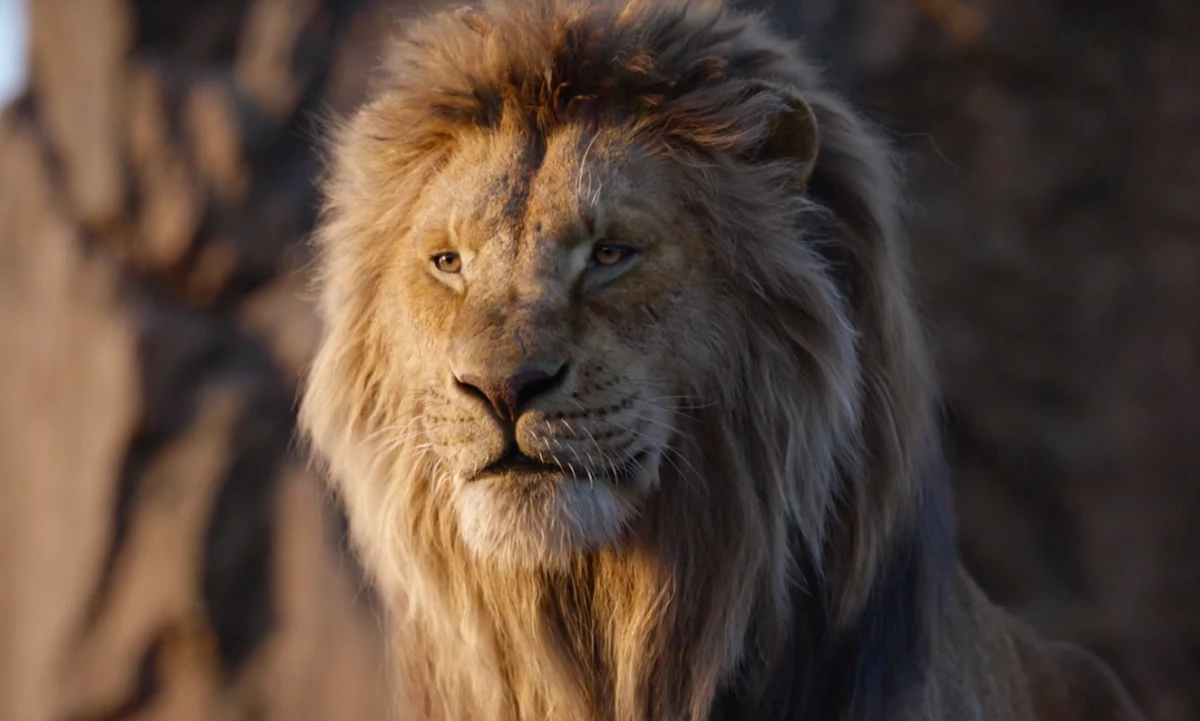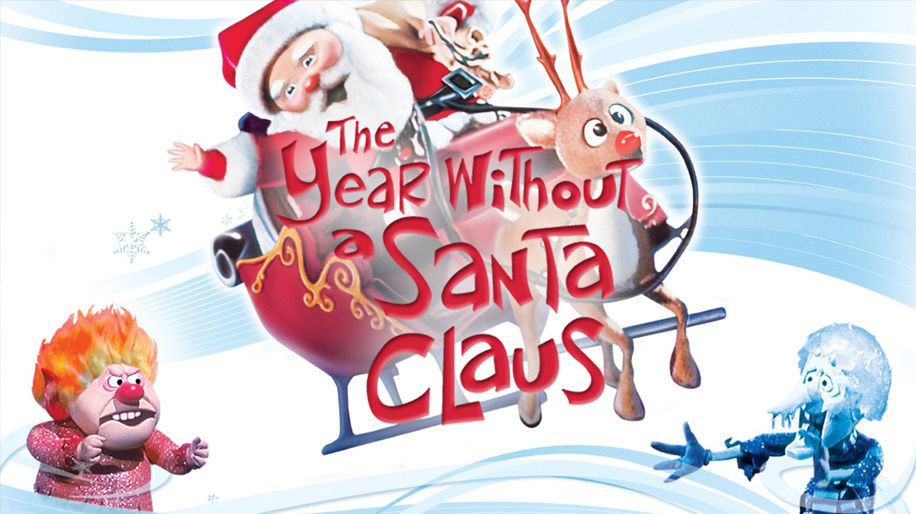If we were to discuss “video game” adaptations for the big screen, I believe the general consensus is that Hollywood just can’t get it right. Maybe, it’s because when we immerse ourselves into a game, like Tomb Raider, we spend countless hours, days even, with the main character and build a connection that the third-person viewing aspects of the theater just can’t grasp.
 That being said, the newly released Tomb Raider film makes a valiant effort to bring the franchise’s tenth title and 2013 Game of the Year to life, but sadly will end up atop the pile of B-rate flicks to watch when it hits your preferred streaming platform.
That being said, the newly released Tomb Raider film makes a valiant effort to bring the franchise’s tenth title and 2013 Game of the Year to life, but sadly will end up atop the pile of B-rate flicks to watch when it hits your preferred streaming platform.
The story itself is picked apart and put back together for what I can only assume was supposed to be more “realistic”. This isn’t a huge problem, until we get to character development. Without any spoilers, a true Lara Croft fan will enjoy Alicia Vikander’s performance but will be downright pissed off when you are provided the expositional narrative of her life before embarking on her journey to Yamatai, the island on which her origin story takes place.
Once the island is reached in the film, the action sequences are pretty badass, and this is where the video game nostalgia will hit home. This is where I found most of my enjoyment, as they re-enacted key points in the gameplay, such as solving puzzles to save their lives and pulling off impossible leaps and bounds to escape mortal danger.
 What disappointed me the most, besides character development, was the choice of setting. The island of Yamatai is supposed to be in the middle of the most treacherous part of ocean off the coast Japan, the Dragon’s Triangle. It is a place that’s nearly impossible to reach and even harder to leave, but once they arrive after being shipwrecked in a storm that fits that narrative, the rest of the film looks as if they are on a tropical island where at any moment some dude in a Hawaiian shirt is going to present himself and offer up a mai-tai. With bright hues of yellow always washing out the scenery, it really diminished the quality of work and made it obvious that it was a film set.
What disappointed me the most, besides character development, was the choice of setting. The island of Yamatai is supposed to be in the middle of the most treacherous part of ocean off the coast Japan, the Dragon’s Triangle. It is a place that’s nearly impossible to reach and even harder to leave, but once they arrive after being shipwrecked in a storm that fits that narrative, the rest of the film looks as if they are on a tropical island where at any moment some dude in a Hawaiian shirt is going to present himself and offer up a mai-tai. With bright hues of yellow always washing out the scenery, it really diminished the quality of work and made it obvious that it was a film set.
So, if you take the good with the bad and understand that film adaptions of our beloved video games will just never get it 100% right, it will ease the pain of knowing this is only the first of what I can assume will be a trilogy with the ending cliffhanger showing no signs of progress in the right direction.

Movie
‘Mufasa: The Lion King’ Will Leave You Breathless

“Mufasa: The Lion King” is a visually stunning addition to the beloved Lion King franchise, offering a fresh and emotionally resonant take on the origins of one of Disney’s most iconic characters. The film beautifully explores Mufasa’s journey, balancing heartfelt moments with touches of comedy that lighten the mood and make the story accessible to audiences of all ages. The animation is breathtaking, capturing the vibrant landscapes and lush environments of the Pride Lands, adding depth to Mufasa’s character and his relationships.
The storytelling is compelling, effectively pulling at the heartstrings while providing insights into Mufasa’s character before he becomes the legendary king. However, the setup for Scar’s betrayal feels somewhat underdeveloped, lacking the deeper motivation that could have enriched their complex brotherly relationship. This missed opportunity leaves a slight gap in understanding Scar’s actions, which could have elevated the dramatic stakes.
The musical score is impressive, featuring memorable songs that enhance the emotional impact of pivotal scenes. While there are several standout tracks, one song, in particular, resonates deeply and is sure to linger in viewers’ minds long after the credits roll. Overall, “Mufasa: The Lion King” is an amazing film and a worthy addition to the Lion King lore that manages to deliver both laughter and tears, offering a rich tapestry of storytelling that fans will appreciate.
Movie
Is ‘Kraven the Hunter’ a Total Letdown?

“Kraven the Hunter,” directed by J.C. Chandor, aims to introduce a beloved Spider-Man villain to the big screen, but unfortunately, it falls short of expectations. The film suffers from noticeable issues, notably an overuse of ADR (Automated Dialogue Replacement), which detracts from the authenticity of the characters’ interactions and contributes to an uneven audio experience. This technical flaw is compounded by rough storytelling that feels disjointed and lacking in coherence, leaving viewers struggling to connect with the narrative.
Aaron Taylor-Johnson delivers a commendable performance as Kraven, showcasing the character’s gritty nature and complex motivations. His portrayal has potential, and it’s evident that he could elevate the character far beyond what is presented with a stronger script and direction. However, the absence of Spider-Man, a central figure in Kraven’s lore, leaves a void that the film struggles to fill. Without this critical connection, the plot meanders and fails to create the tension or stakes that fans of the superhero genre crave.
Additionally, including Rhino as a villain feels like a missed opportunity; he is presented more as a gag character with limited screen time, undermining any sense of threat or depth. For the average moviegoer, “Kraven the Hunter” might entertain but ultimately feels like a mediocre viewing experience. Comic book fans, however, may find disappointment in this lackluster attempt to create a solo character film. Instead of an exhilarating dive into Kraven’s world, the film presents a watered-down version, leaving audiences wishing for a more cohesive vision that honors its comic book roots.
Movie
A Brief Review and History of A Year Without a Santa Claus

A Year Without a Santa Claus, the 1974 stop-motion holiday classic produced by Rankin/Bass, is a heartwarming and whimsical tale that has cemented its place in holiday traditions. Based on Phyllis McGinley’s 1956 book, the story revolves around a disheartened Santa Claus who, feeling unappreciated, decides to take a year off from his Christmas duties. It’s up to Mrs. Claus and a pair of well-meaning elves, Jingle and Jangle, to reignite the Christmas spirit and show Santa the world’s unwavering belief in him.
The movie is beloved for its unforgettable characters, especially the bickering Miser Brothers, Snow Miser and Heat Miser. Their catchy, vaudeville-style musical numbers, “Snow Miser Song” and “Heat Miser Song”, are so iconic they’ve become cultural touchstones, often parodied and celebrated decades later.
Directed by Arthur Rankin Jr. and Jules Bass, the film continues the duo’s tradition of stop-motion magic, blending heartfelt storytelling with quirky humor. The voice cast, featuring Mickey Rooney as Santa and Shirley Booth as Mrs. Claus, delivers standout performances. Booth’s warm narration was her final acting role before retirement, adding a layer of poignancy to the film.
Initially released on December 10, 1974, on ABC, the special didn’t immediately achieve the legendary status of Rudolph the Red-Nosed Reindeer. However, it gained a dedicated following through annual holiday airings, nostalgic appeal, and its distinct charm.
The film’s themes of hope, unity, and rekindling joy remain timeless, making it a perennial favorite for audiences of all ages. Its blend of humor, catchy songs, and a touching message about believing in magic and goodwill ensures its enduring legacy during the holiday season.
For fans of holiday classics, A Year Without a Santa Claus is a must-watch that never fails to warm hearts and spread cheer.

